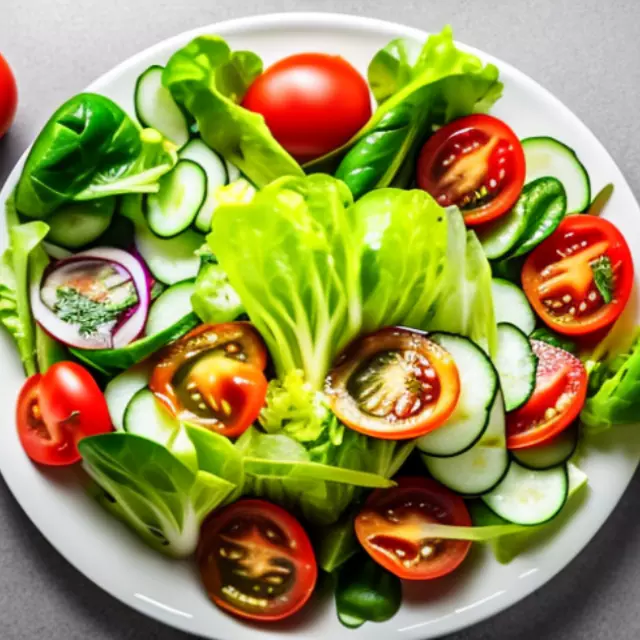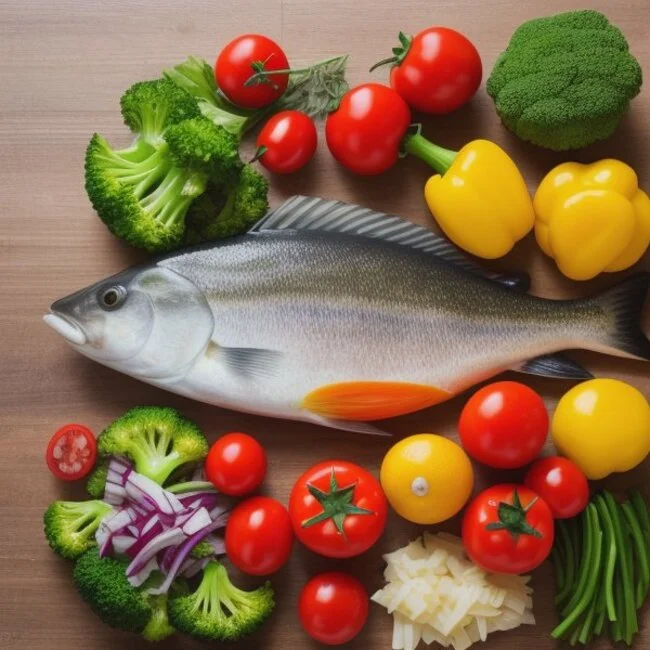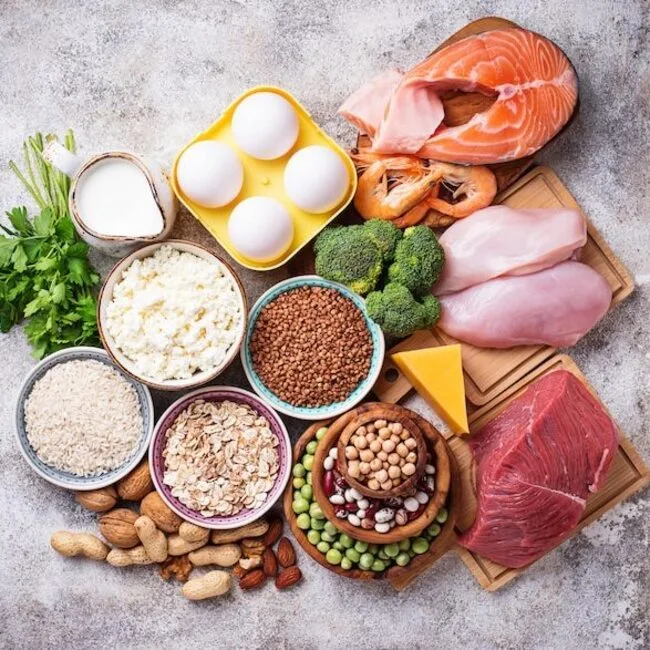Product labels are not just a combination of letters and numbers. They are an invaluable tool that allows us to delve into the world of food composition, revealing the secrets and mysteries that may be hidden behind colorful packaging. In the modern world, where health care and proper nutrition are becoming increasingly relevant, the art of deciphering and understanding how to read product labels takes on special significance.
Often, the seemingly invisible world of flavors and aromas hospitably hides its secrets behind complex names and codes. But there’s no need to be intimidated by this opaque curtain of information. With us, you will learn to uncover the essence of food products, understand what each ingredient entails, and make informed decisions for your health and well-being.
In this article, dedicated to the topic “How to Read Product Labels,” we will immerse ourselves in the art of deciphering information on labels. We will tell you about key components to pay attention to, decode the terminology and symbols on labels, and provide practical tips for choosing products that align with your needs and desires.
Key Components of Product Labels
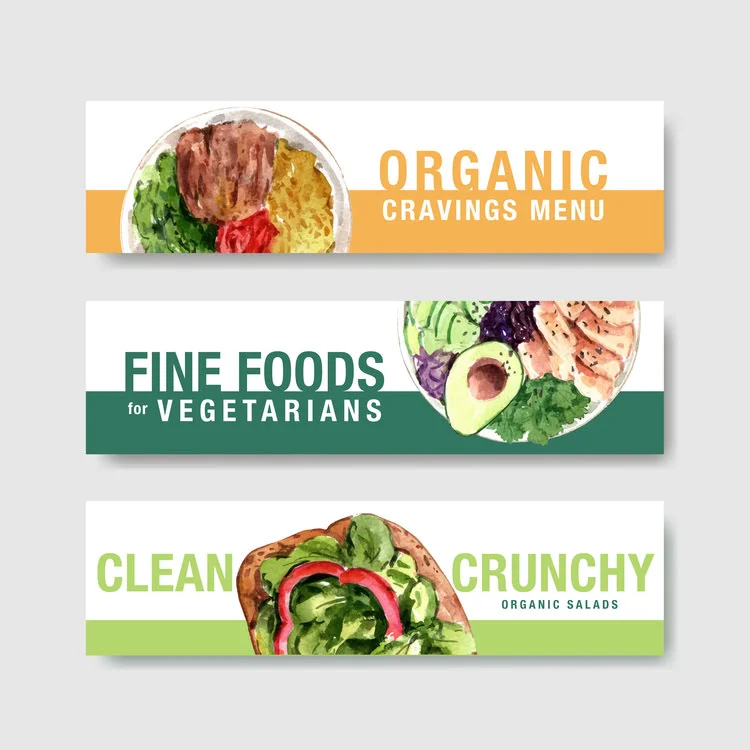
Product Name and Manufacturer
The first step in the art of reading product labels is to analyze information about the product’s name and its manufacturer. The name can give us an initial idea of what is inside the packaging and indicate features such as flavor additives or dietary properties. Manufacturer information, in turn, provides context about the quality and reliability of the product and can serve as a reference point for additional information.
Serving Size
Another essential aspect is the indication of the serving size. This information gives an idea of how much of the product is recommended to be consumed at once. Determining the serving size is crucial for accurately assessing the calorie and nutritional value of the product. Note that the serving size can significantly differ from what you actually consume, so it’s essential to be attentive when interpreting this information.
Product Composition
Analyzing the product’s composition is one of the most significant parts of reading the label. Here, ingredients are listed, starting from the most voluminous and ending with the smallest additives. Understanding the composition allows you to identify allergens, avoid specific components like artificial colorings or preservatives, and make informed decisions about whether the product aligns with your dietary preferences and needs.
In this article, we will delve deeper into each of these aspects, helping you become a skilled analyst of product labels. From the product name to the composition, each element of the label hides information that can impact your health and well-being.
Nutritional Information on Product Labels
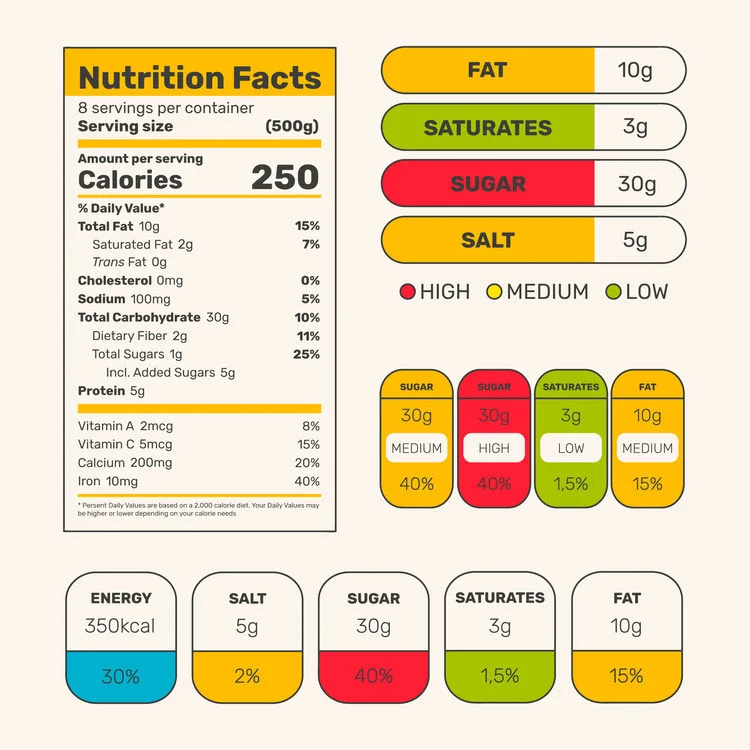
Calories and Energy Value
One of the key aspects of nutritional information on a product label is the indication of the number of calories and energy value. This information allows you to estimate how much energy you will gain from consuming a particular portion of the product. The stated calorie value is based on the average metabolic intake of an adult and helps control the overall calorie intake within your diet.
Proteins, Fats, and Carbohydrates
Detailed information about the content of proteins, fats, and carbohydrates is an integral part of the nutritional assessment of a product. Proteins are essential for tissue growth and repair, fats provide energy and support health, and carbohydrates are the primary source of energy for the body. This data helps you understand how the product fits into your nutritional needs and goals.
Vitamins and Minerals
An important element of nutritional information on the label is the content of vitamins and minerals. They play a crucial role in maintaining health and the functioning of organs and body systems. Information about the vitamin and mineral composition helps you assess how the product can meet your needs for these micronutrients.
Reading and analyzing nutritional information allows you to make informed decisions about which products are suitable for you and control your diet considering dietary restrictions and goals. In the following sections, we will explore each aspect of nutritional information in more detail so that you can make an informed choice when purchasing products.
Additional Information on How to Read Product Labels
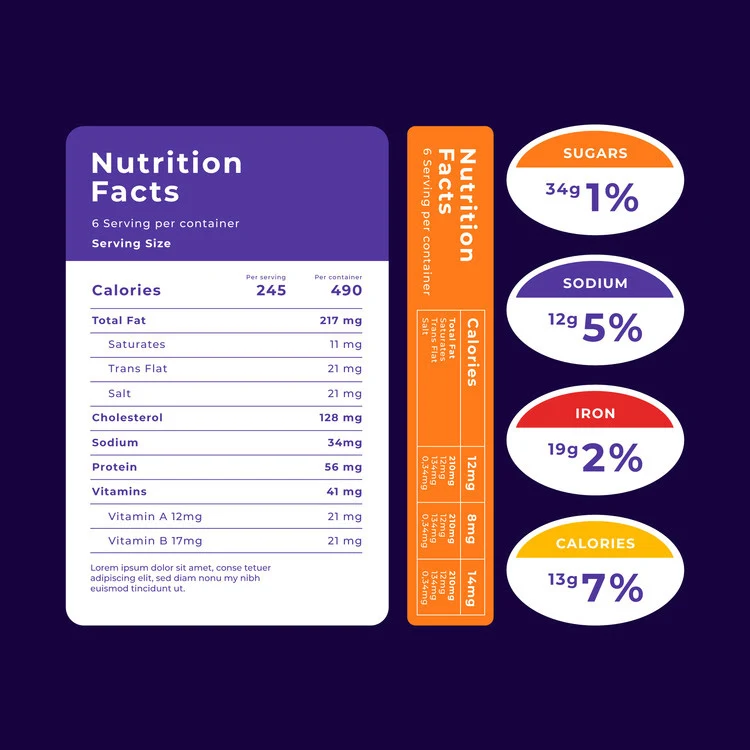
Sugar and Salt Content
One crucial aspect to pay attention to is the amount of sugar and salt in a product. Excessive consumption of sugar and salt can have negative health effects, associated with the risk of developing diseases such as diabetes, cardiovascular problems, and hypertension. Knowing the content of these components helps you control your diet and make more informed decisions about your nutrition.
Additives and Preservatives
Product labels also contain information about the presence of additives and preservatives. These substances can extend the shelf life of the product, enhance its taste characteristics and texture, but they may also raise concerns due to possible side effects. Reading this part of the label allows you to assess how natural the product is and make decisions in line with your preferences.
Allergens and Dietary Restrictions
For many people, allergens and dietary restrictions are critically important. Product labels are required to indicate the presence of the most common allergens, such as milk, eggs, nuts, and wheat. This information enables people with allergies or dietary restrictions to avoid products that may cause negative reactions.
Studying additional information on the product label helps you make more informed decisions about what you buy and consume. From allergies to dietary restrictions, this information gives you the opportunity to care for your health and well-being in the most careful and informed way.
Practical Tips on How to Read Product Labels

Prepare for Shopping
Before heading to the store, take the time to prepare. Create a list of products you plan to purchase and pay attention to dietary goals or restrictions. Keep in mind the key points you would like to control, such as calories, sugar content, or the presence of allergens. This will help you narrow down your choices and focus on the most important aspects when reading labels.
Practical Examples
Examining practical examples will help you better understand how to apply the acquired knowledge in practice. Take a few products from different categories and analyze their labels. Compare calorie content, nutritional components, additives, and allergens. This will help you see the difference between products and get accustomed to reading labels more efficiently.
Summary: Making the Right Choice
After thoroughly examining labels on various products, create a summary or checklist for yourself that will help you make more informed decisions in the future. Consider your priorities: if you aim to control calories, pay attention to that parameter; if you avoid certain allergens, ensure the product does not contain them. Over time, with experience and practice, you will become more confident in reading labels and choosing products that align with your needs and goals.
The art of reading product labels is a skill that benefits your health and lifestyle. Practice, patience, and informed decisions will help you make more conscious choices when purchasing and consuming products.




